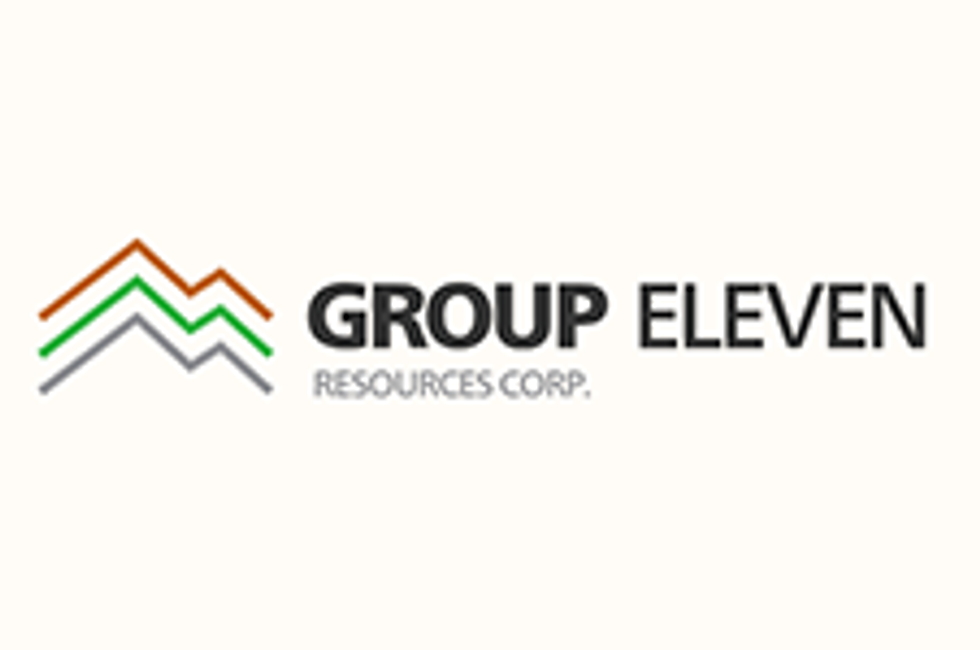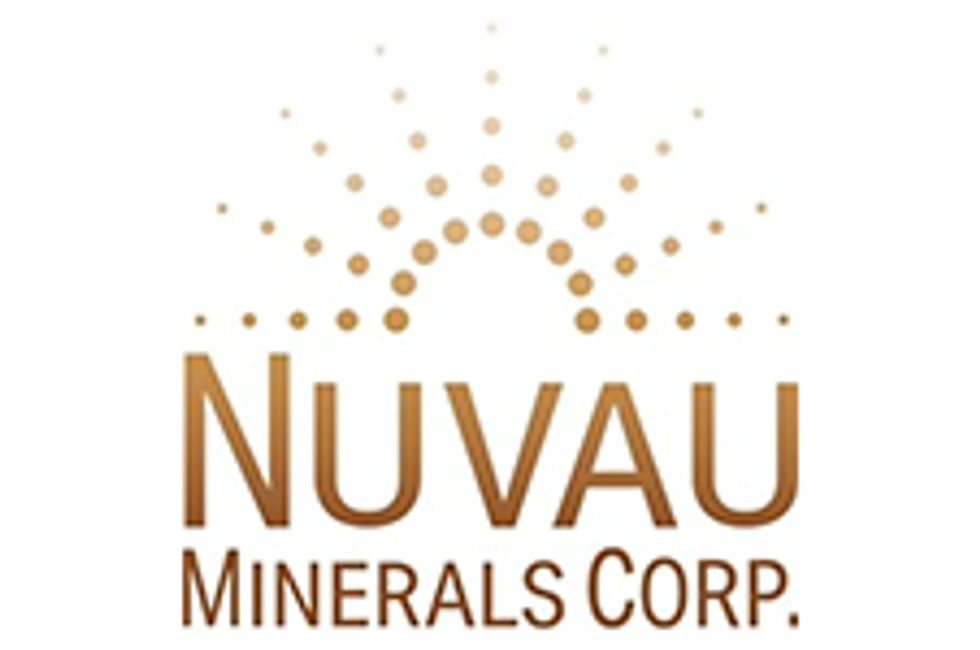The Conversation (0)
A new study from researchers at the University of Toronto’s Sunnybrook Research Institute suggests that zinc may be useful in treating depression.
It’s well known that zinc is critical to the healthy operation of the human immune system — put simply, the base metal allows the body to respond properly to infectious diseases. However, an article published recently in Biological Psychiatry suggests that zinc may also be useful in treating depression.
“A growing body of evidence demonstrates that experimental zinc deficiency can induce depressive-like behavior in animals, which can be effectively reversed by zinc supplementation,” Psych Central quotes the authors, all from the Sunnybrook Research Institute at the University of Toronto, as saying.
The team came to that conclusion after analyzing 17 studies that together measure blood-zinc concentrations in 1,643 depressed patients and 804 control participants, Psych Central explains. Psychiatric inpatients were involved in 10 of those studies, while seven involved community samples.
While the authors note that “association studies cannot determine the direction of causation, a causal association between zinc status and depression is biologically plausible.” That’s due in part to zinc’s role in the immune system, as well as its antioxidant properties and “multiple roles in regulating [brain circuits] and cognitive function.”
As a result, they believe the relationship between “zinc status and depression” should be looked into further, as should the “potential benefits of zinc supplementation in depressed patients.”
Price update
As the last few months of 2013 approached, analysts seemed to agree that zinc prices would remain steady until the end of the year. Now that 2014 is here, it’s easy to see that those analysts were right.
Though spot zinc reached a December high of US$0.96 per pound, that’s not too far off from its November price range of $0.84 to $0.87 per pound. And, since the beginning of the new year, the base metal has traded in a fairly tight range of $0.91 to $0.95 per pound.
Company news
On January 8, HudBay Minerals (TSX:HBM,NYSE:HBM) released its 2014 production guidance, commenting that it expects to produce 87,000 to 105,000 tonnes of zinc, slightly higher than its 2013 guidance of 85,000 to 100,000 tonnes. Its total 2013 zinc production came in at 86,527 tonnes.
HudBay also expects to produce between 41,000 and 55,000 tonnes of copper and 101,000 to 123,000 ounces of precious metals.
ZincOx Resources (LSE:ZOX), which owns a South Korea-based zinc recycling plant that recovers zinc oxide and iron from electric arc furnace dust, put out its first material in 2012, but since then “has suffered several technical setbacks that have led to production stoppages and delayed the ramp-up process,” as per Metal Bulletin. They also caused the company’s share price to drop 63 percent over the course of 2013.
However, Andrew Wollman, ZincOx’s chairman, said late last week that 2014 may be a turnaround year for the company. Metal Bulletin quotes him as saying, “[t]he timing of [a] refractory repair in December was unfortunate as it stalled our ramp-up momentum, but this has already been re-established and we remain confident of achieving targeted full capacity [in the second quarter].”
“We are looking forward to a very productive 2014 and also to a firmer zinc price, which recently seems to be responding to the planned closure of major zinc mines,” he also said.
Junior company news
Trevali Mining (TSX:TV,OTCQX:TREVF) announced on January 7 that mineral processing plant commissioning at its Peru-based Santander zinc-lead–silver mine “continues to progress well,” as does the production of zinc and lead-silver concentrate.
The company also said that during December, mill throughput at Santander continued at full nameplate capacity of 2,000 tonnes per day. Average head grades came in at 3.6-percent zinc, 1.5-percent lead and 1.4 ounces per tonne silver “from a blend of underground feed, stockpiled surface material and higher-grade re-mined former tailings.” Trevali’s plan is to transition to full underground production feed this quarter.
Several days later, on January 10, Midlands Minerals (TSXV:MEX) signed a letter of intent with Reservoir Minerals (TSXV:RMC) for an option to earn up to a 75-percent interest in the Serbia-based Parlozi lead-zinc-silver project.
Under the terms of the letter, Midlands can initially earn a 51-percent interest in the project by spending C$4.5 million on exploration over four years; $500,000 of that amount is a “firm commitment.” Midlands can then earn a further 14-percent interest over two years “by obtaining a Mining Exploitation Permit from the Serbian Government,” and then another 10 percent by completing a bankable feasibility study within two years of getting that permit.
Securities Disclosure: I, Charlotte McLeod, hold no direct investment interest in any company mentioned in this article.
Related reading:
Zinc’s Health Benefits Not to be Overlooked
Analysts Divided: Will Zinc Prices Rise in the Next Few Years?
Zinc Prices Steady as Nyrstar Snubs Finland’s Talvivaara


